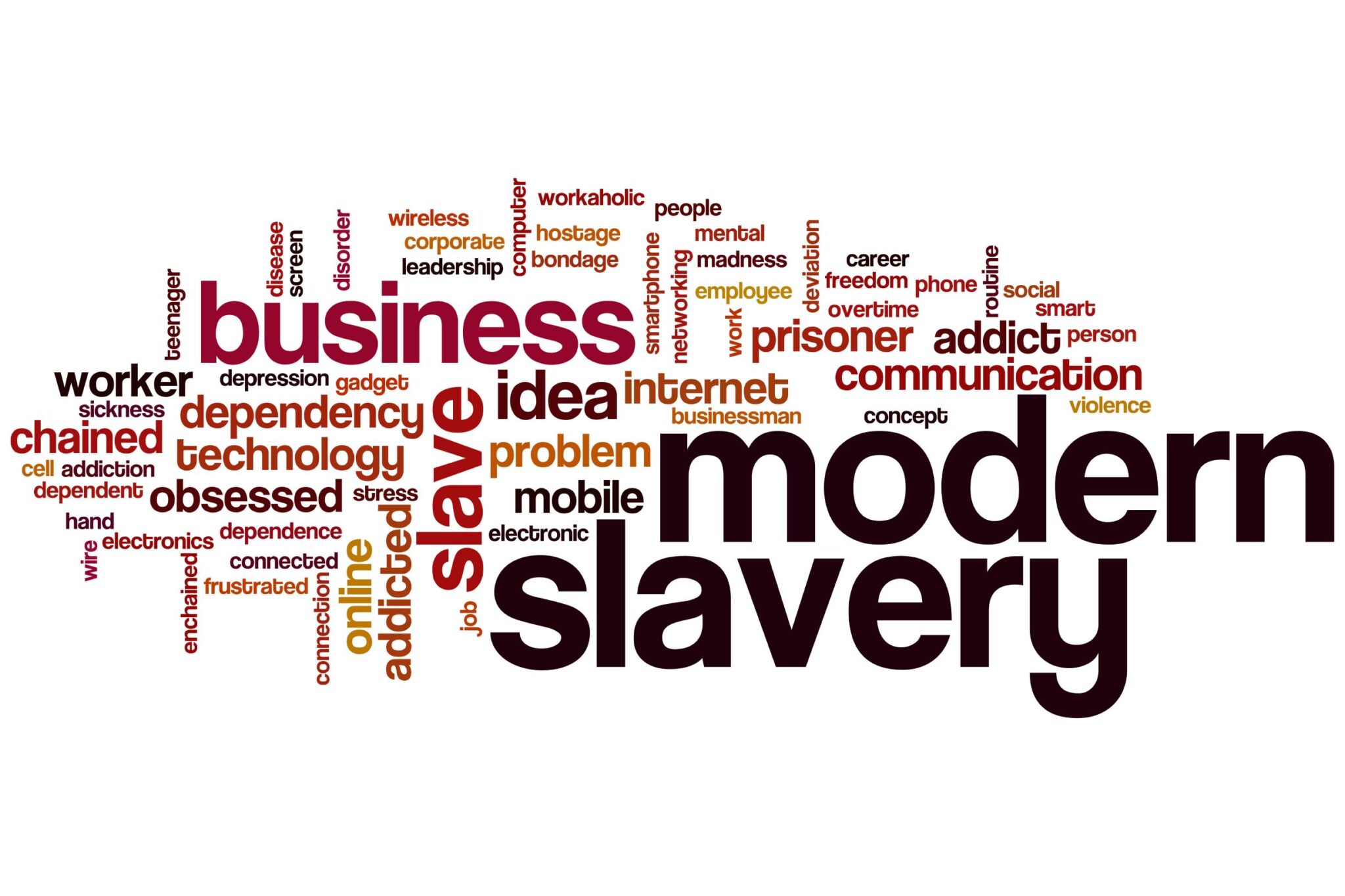The passing of the Modern Slavery Act 2018 was a long-overdue acknowledgement that modern slavery is still present in Australia. Estimates suggest that up to 15000 Australians are living in conditions of modern slavery.
In addition to the local context, Australia’s primary supply chain is the Asia-Pacific region, where 25 million people are living in modern slavery. This regions number accounts for 62% of the modern global estimate, meaning Australian businesses are potentially involved in modern forms of slavery.
What Is The Modern Slavery Act?
Modern slavery is a global issue. Australian corporations can ensure they aren’t engaging in modern slavery, but if modern slavery is present in supply chains, they are indirectly supporting the practice.
The Modern Slavery Act addresses this exact issue.
The Act requires all corporations with annual consolidated revenue of more than $100 million to provide yearly reports on the risk of modern slavery in their operations and supply chain. Failure to report and take steps to avoid modern slavery will result in penalties, but just how seriously are businesses taking their responsibilities?
What Is Modern Slavery?
Modern slavery refers to a group of practices, including:
- Human Trafficking
- Forced Labour
- Debt Bondage/Bondage Labour
In 2018, Anti-Slavery Australia helped more than 123 people to get out of modern slavery. However, a report by the Australian Institute of Criminology estimates that only one in five victims are found.
Modern slavery is often tied to immigration, where people are coerced into leaving their home with promises of well-paying jobs. Upon arrival, they are forced into labour and threatened or deceived into continued work against their will.
Example Of Modern Slavery
- An Australian employer makes a job offer to a citizen from another country
- The employer offers to cover the cost of flights and visas
- When the overseas citizen arrives, the boss takes their passport and forces them to work until they have covered the cost of the flights and visa
- They are forced into continued unpaid labour under threats of violence, deportation or reports to the police
The New South Wales Government’s Approach To Modern Slavery
The NSW Government has developed its own anti-modern slavery legislation, making it the first jurisdiction in Australia to do so. It is also the second jurisdiction in the world to provide for an Anti-Slavery Commissioner.
The Act hasn’t been legislated, but once it is active and enforceable, businesses found to be in breach of it could be hit with up to $1.1 million in fines. This punitive measure is vital in encouraging businesses to take the issue of modern slavery, and it is something the federal Modern Slavery Act should also adopt.
However, the reputational damage to your brand could be far more damaging than a $1.1 million fine. So, legislated punishments or not, every business needs to be looking at its supply chain to ensure it is not supporting any forms of modern slavery.
How Your Business Can Check For Modern Slavery In Its Supply Chain
Procurement authorities within your business need to investigate each chain in your supply lines. You need to investigate the companies that are:
- Sourcing your raw materials
- Manufacturing and packaging your products
- Freighting your products
- Providing services (cleaning, construction, maintenance)
When investigating your supply chain, make sure you’re partnering with companies that have their own modern slavery framework, or at the very least a transparent employment model.
Spotting Signs Of Modern Slavery
It’s harder to spot signs of modern slavery in overseas suppliers. With overseas suppliers, you need to build long-term and honest relationships, so you can get to know their business and do all the necessary checks to ensure they are treating their employees aren’t being forced into labour.
When dealing with local suppliers, there are some signs you can look for to ensure employees aren’t subject to slavery:
- Signs of abuse, including injury and malnourishment
- Looking scared or untrusting, avoiding eye contact
- Seeming controlled or influenced
- Not having appropriate safety equipment
- Appearing dirty or unkempt
- Employee is isolated and kept away from the rest of the community
- Employee is picked up very early and returned late at night on a regular basis
- Suppliers that offer products or services at a price that is far below market value
- Numerous workers have the same residence or bank account listed on their employment records
Responding To Elements of Modern Slavery In Your Supply Chain
The type of business you run and whether you cause, contribute or are linked to the example of modern slavery will determine how you should respond. The following chart was created by the Australian Government Home Affairs Department to provide guidance:

Creating Action Plans for Tackling Modern Slavery
Use the checklists below to create a business plan for addressing modern slavery in your business operations and supply chains:
Business Operations

Supply Chains

Working With Responsible Partners
When it comes time to source materials and products and enlist new services, your business has a responsibility to do its research and find responsible partners.
Corporations need to turn a profit, but opting for the cheapest possible product or service provider could mean someone is paying the price somewhere along the supply line. And, the decision to spend less could mean you end up paying with your brand’s reputation.
So, don’t just look within your own company. Look at your supply lines and make sure you’re contributing to an economy where people are paid for their work, and modern slavery is never acceptable.
To learn more about how BIC Services upholds our commitment, learn about our Modern Slavery Framework.
For more resources on addressing modern slavery in your business practices and supply chains, visit Stronger Together.


